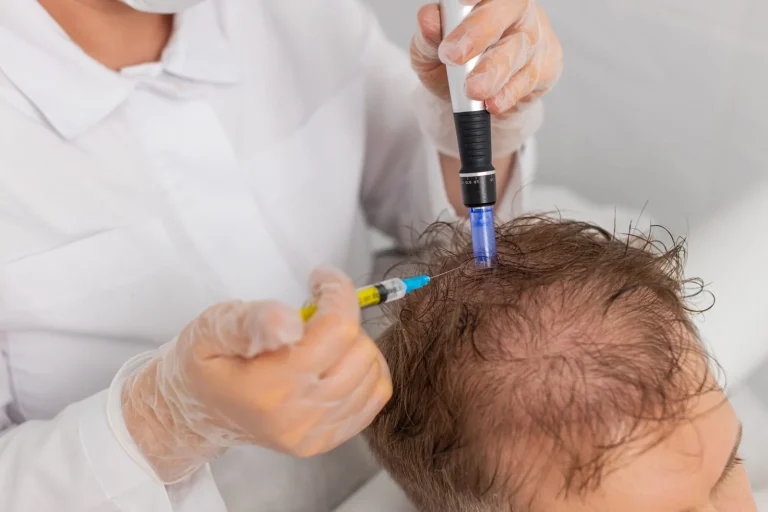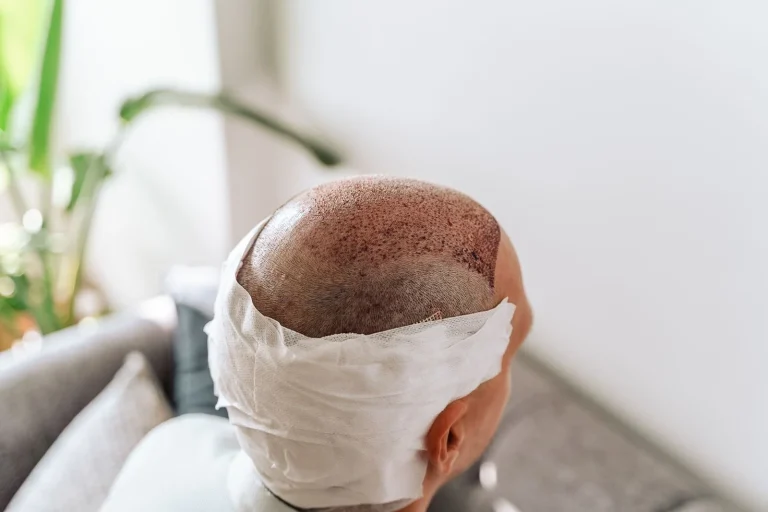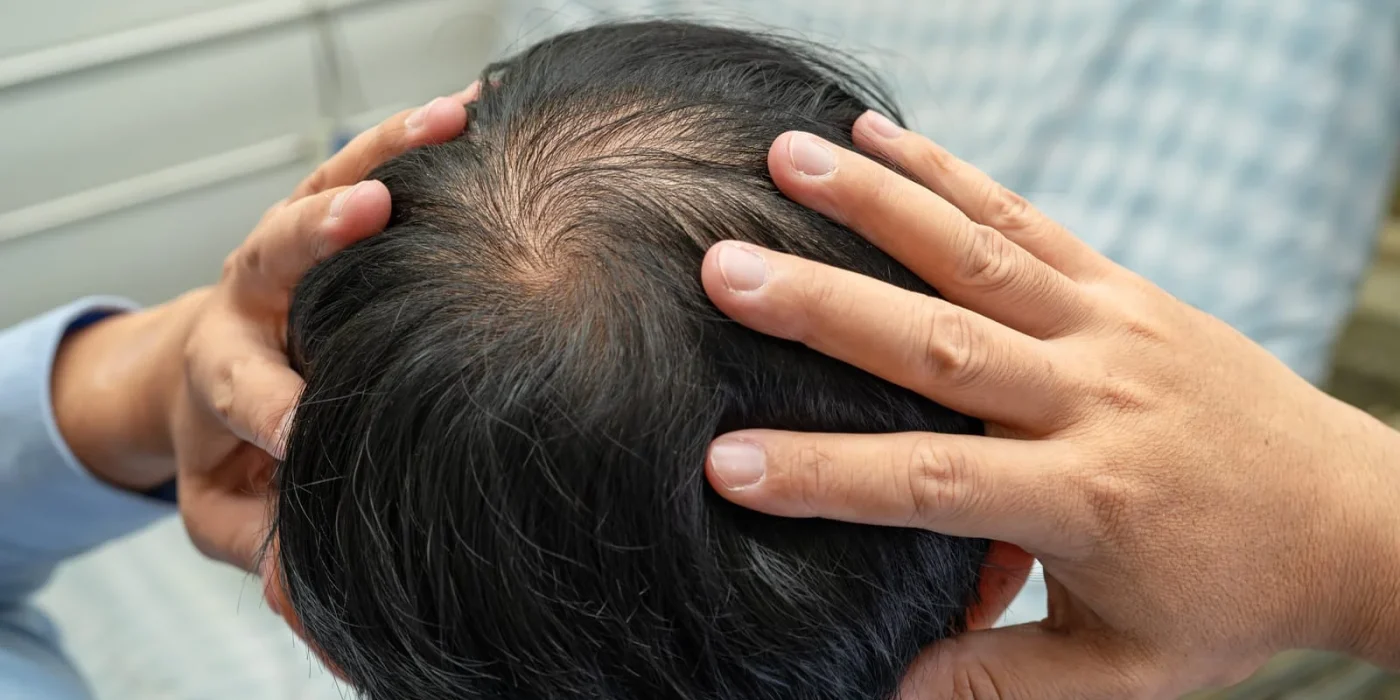Understanding Hair Transplant Surgery
Hair transplant surgery is a procedure that involves removing hair follicles from a donor area, typically the back or sides of the head, and transplanting them into thinning or bald areas of the scalp. It’s a permanent solution for hair loss that provides natural, long-lasting results. The procedure has evolved significantly over the years, with newer techniques and technologies offering better outcomes and minimal scarring.
There are two primary methods used in hair transplantation clinics: Follicular Unit Extraction (FUE) and Follicular Unit Transplantation (FUT). Both methods are effective, but they differ in their approach to harvesting and transplanting hair follicles.
"Beauty is the illumination of your soul."
John O’Donohue
FUE (Follicular Unit Extraction) Method
FUE is a minimally invasive technique where individual hair follicles are extracted from the donor area and transplanted to the recipient area. This method leaves no linear scar, making it a preferred choice for individuals who want to wear short hairstyles. FUE offers a faster recovery time and fewer risks compared to FUT.
FUT (Follicular Unit Transplantation) Method
In FUT, a strip of skin is removed from the donor area, and the hair follicles are dissected from the strip and transplanted into the scalp. Although FUT leaves a linear scar, it can be a more suitable option for patients requiring a large number of grafts in a single session. FUT typically has a longer recovery time, but is highly effective for extensive hair loss.
What Makes the Best Hair Transplant Clinics Stand Out?
Selecting the right hair transplant clinic can be daunting, but there are several factors that distinguish the best clinics from others. Let’s explore the most essential qualities that set top clinics apart.
Experience and Expertise of the Surgeons
One of the most significant factors in determining the success of your hair transplant is the experience and expertise of the surgeon performing the procedure. The best hair transplant clinics employ highly skilled, board-certified surgeons who specialize in hair restoration. It’s essential to choose a clinic with surgeons who have years of experience in performing FUE and FUT procedures. Surgeons with a proven track record can ensure better results, fewer complications, and a more comfortable overall experience.
Advanced Technology and Techniques
Technology plays a key role in the success of hair transplant procedures. The best hair transplant clinic will use the latest technology to improve the precision of the procedure. Some advanced technologies used in top clinics include:
- Robotic Hair Restoration: Robotic systems, like ARTAS, offer high precision in follicle extraction and implantation, reducing the risk of human error.
- Laser-Assisted Hair Transplants: Laser tools can help with follicle extraction and scalp preparation, promoting faster healing and minimizing trauma to the skin.
- Enhanced Imaging: Advanced imaging systems ensure that follicles are placed at the optimal angle, improving the natural appearance of the transplanted hair.
These cutting-edge technologies provide more accurate results and faster recovery times, making them essential for ensuring that the transplant looks as natural as possible.
Customization of Treatment Plans
No two patients are the same, and the best hair transplant clinic will offer customized treatment plans tailored to your specific needs. During your initial consultation, the surgeon should conduct a thorough assessment of your hair type, hair loss pattern, and desired outcome.
A personalized approach ensures that the procedure aligns with your expectations and provides the most effective results. This includes choosing the proper transplant technique (FUE or FUT), as well as determining the number of grafts needed to achieve the desired hair density.

High Success Rates and Realistic Results
Top hair transplant clinics have a high success rate and a reputation for providing natural-looking results. You should expect to see before-and-after photos of previous patients to get a clear sense of the clinic’s capabilities.
The clinic should also have a realistic approach to managing expectations. While hair transplants can produce excellent results, it’s essential to understand that the procedure won’t result in an overnight transformation. Full results may take up to a year to become visible as the transplanted hair grows and settles.
How to Evaluate Hair Transplant Clinics
Choosing the right hair transplantation clinic requires research and careful consideration. Here are the key factors to evaluate when selecting a clinic:
Patient Reviews and Before/After Photos
One of the best ways to evaluate the quality of a clinic is by reading patient reviews and looking at before-and-after photos. Patient reviews will give you insight into the clinic’s customer service, professionalism, and overall satisfaction. Be sure to look for reviews from patients who had similar goals and concerns. Before-and-after photos will show you the clinic’s ability to deliver natural-looking results and can help you visualize what to expect.
Clinic Reputation and Certification
A reputable hair transplant clinic should be certified by recognized medical organizations, such as the International Society of Hair Restoration Surgery (ISHRS). Certification ensures that the clinic meets industry standards and follows best practices. Research the clinic’s reputation, and don’t hesitate to ask the staff about their certifications, training, and years of experience in the field.
Consultation and Transparency
The consultation process is your opportunity to ask questions, learn about the procedure, and determine if the clinic is right for you. A high-quality clinic will provide a clear, transparent consultation where the surgeon explains the process, discusses potential risks, and sets realistic expectations. Make sure the clinic is open about the costs involved and provides a detailed plan for your procedure.
The Cost of Hair Transplants: Understanding Price Variations
Average Cost of Hair Transplants
The cost of hair transplants varies based on several factors, including the clinic’s location, the surgeon’s expertise, and the extent of the procedure. On average, hair transplant clinics charge between $4,000 and $15,000 for a whole procedure.
The price is typically determined by the number of grafts required, with more extensive hair loss requiring a higher number of grafts, resulting in higher costs.
What Affects the Price of Hair Transplant Procedures?
Several factors can influence the hair transplant cost, including:
- Number of grafts needed: The more grafts required to cover a larger area of hair loss, the higher the cost.
- Clinic reputation and surgeon experience: Clinics with highly skilled surgeons or those in high-demand locations may charge more.
- Technology used: Clinics using advanced technology, such as robotic systems or laser-assisted tools, may have higher fees due to the cost of equipment.
Is the Best Hair Transplant Clinic Always the Most Expensive?
While price is an essential factor, the most expensive clinic isn’t necessarily the best. The best hair transplant clinic will offer a balance of reasonable cost, advanced technology, and exceptional results. It’s vital to assess all factors, such as the clinic’s reputation, surgeon experience, and the quality of the results, rather than solely focusing on cost.

What to Expect During and After the Procedure
Step-by-Step Overview of the Hair Transplant Procedure
The hair transplantation procedure involves several steps:
- Consultation: The surgeon will evaluate your hair loss pattern, discuss your goals, and recommend the best treatment plan.
- Donor Hair Extraction: Whether using FUE or FUT, hair follicles are harvested from the donor area (usually the back or sides of the head).
- Graft Implantation: The hair follicles are carefully placed in the recipient area to match your natural hair growth pattern.
- Post-Procedure Care: After the procedure, you’ll receive instructions for post-surgery care to ensure optimal healing and results.
Recovery and Aftercare
After the surgery, you can expect some swelling, redness, and discomfort, which typically subside after a few days. Most patients can return to work within a few days, though it’s important to avoid strenuous activities for a week or two. The transplanted hair will shed within a few weeks, which is normal, and new hair growth will begin within 3 to 6 months.
Post-Transplant Support
A high-quality hair transplantation clinic will provide follow-up care to ensure that your transplant is healing well and that your new hair is growing as expected. You’ll likely have several check-ups over the following months to monitor progress and address any concerns.
Choosing the Right Hair Transplant Clinic
Selecting the best hair transplant clinic is a critical decision that will impact the success of your procedure. Look for clinics with experienced surgeons, cutting-edge technology, and a strong reputation for delivering natural, long-lasting results. Review patient feedback, examine before-and-after photos, and ask about the costs and expected recovery time before committing.
By conducting thorough research and consulting with trusted providers, you can choose a clinic that aligns with your goals and offers the best chance for successful hair restoration. Don’t rush into a decision — take the time to find the clinic that meets your needs and provides the expertise necessary for optimal results.

